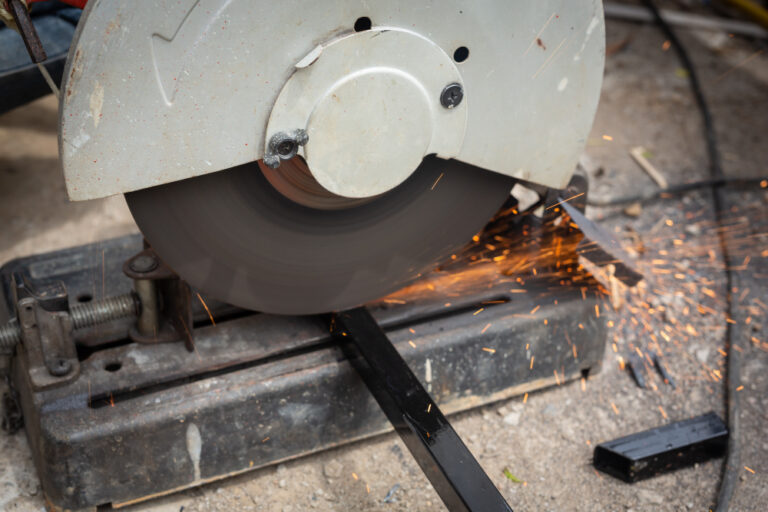In manufacturing, construction, and crafting, cutting tools play a vital role in shaping, trimming, and finishing materials. From heavy-duty industrial machinery to handheld precision instruments, the right cutting tool ensures efficiency, accuracy, and a high-quality finish.
Whether you’re cutting metal, wood, plastic, or composite materials, understanding the different types of cutting tools and their applications is key to successful projects and professional results.
What Are Cutting Tools?
Cutting tools are instruments designed to remove material from a workpiece through shear deformation. They come in various forms—manual and power-operated—and are used in tasks like drilling, milling, turning, sawing, and grinding.
Cutting tools are essential in industries like:
-
Manufacturing
-
Metalworking
-
Woodworking
-
Automotive
-
Aerospace
-
Construction
Types of Cutting Tools and Their Uses
1. Single-Point Cutting Tools
These tools have one cutting edge and are typically used in turning operations on lathes.
-
Use Case: Shaping metal or wood by removing layers during rotation.
2. Multi-Point Cutting Tools
Multi-edge tools include drills, milling cutters, and saw blades. They are ideal for high-speed, high-volume operations.
-
Use Case: Cutting holes, slots, or shapes into hard materials quickly and efficiently.
3. Hand Cutting Tools
These include utility knives, hand saws, chisels, and scissors.
-
Use Case: Precision cutting in carpentry, leatherwork, DIY, and artistic applications.
4. Machine Cutting Tools
Operated using machines like CNC, laser cutters, or angle grinders, these tools offer extreme precision and power.
-
Use Case: Industrial metal cutting, automated fabrication, and advanced manufacturing.
5. Abrasive Cutting Tools
These tools use grinding wheels or sanding discs to cut or shape material through friction.
-
Use Case: Cutting ceramics, glass, or hardened metals where traditional tools may fail.
6. Waterjet and Plasma Cutters
Advanced tools that use high-pressure water or plasma arcs to cut materials without direct contact.
-
Use Case: Cutting complex shapes in metals, plastics, or stone with minimal heat distortion.
Key Factors in Choosing the Right Cutting Tool
-
Material Type – Harder materials require tougher cutting tools like carbide or diamond-tipped blades.
-
Precision Level – Fine work may need laser or CNC tools, while rough cuts may need saws or grinders.
-
Production Volume – Manual tools suit low-volume work; power tools or machines are better for mass production.
-
Tool Life and Maintenance – Durable tools with replaceable parts reduce downtime and cost over time.
-
Safety and Handling – Always consider the user’s safety and comfort during operation.
Maintenance Tips for Cutting Tools
-
Regularly sharpen or replace blades to ensure clean cuts.
-
Clean tools after use to prevent rust or buildup.
-
Use proper storage to protect cutting edges from damage.
-
Follow safety guidelines and wear appropriate PPE (gloves, goggles, etc.).
Final Thoughts
Cutting tools are the backbone of many industries. Selecting the right tool for the job improves performance, reduces waste, and delivers professional results. Whether you’re working in a factory, on a job site, or at a workbench, investing in quality cutting tools and maintaining them properly is essential to success.
